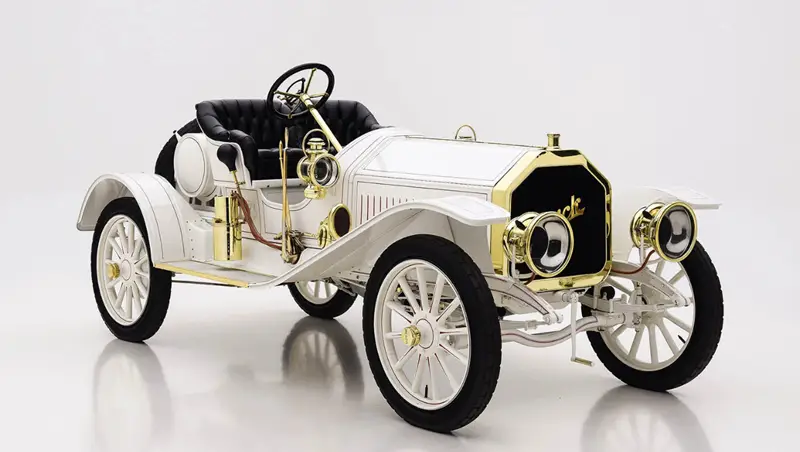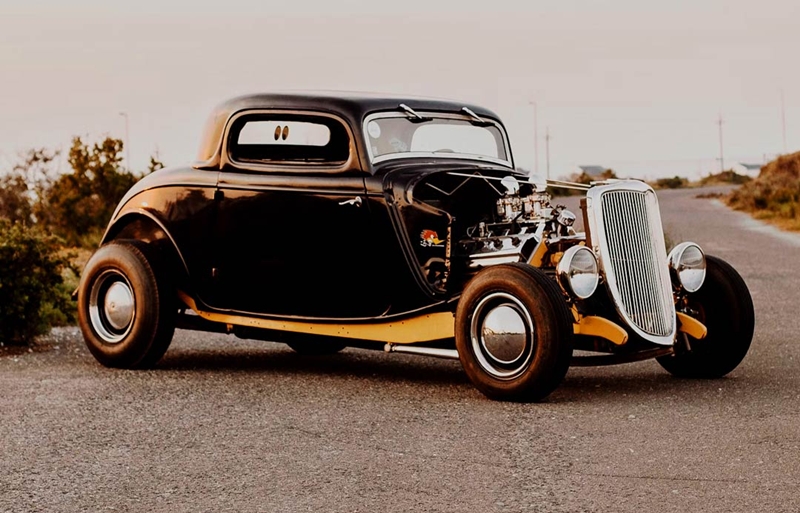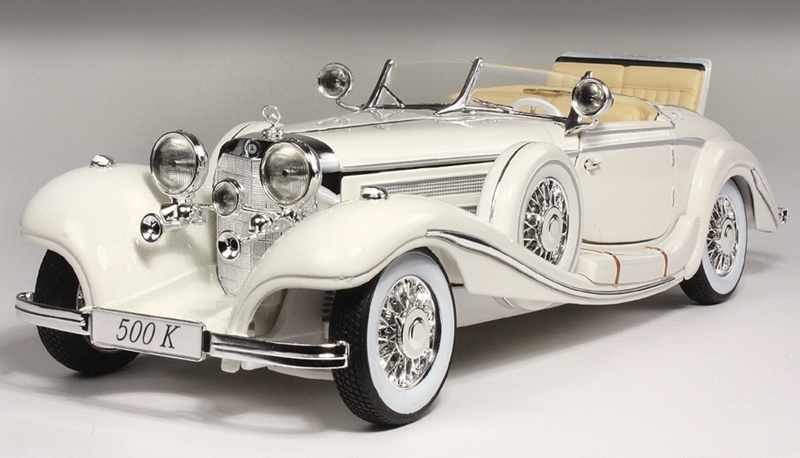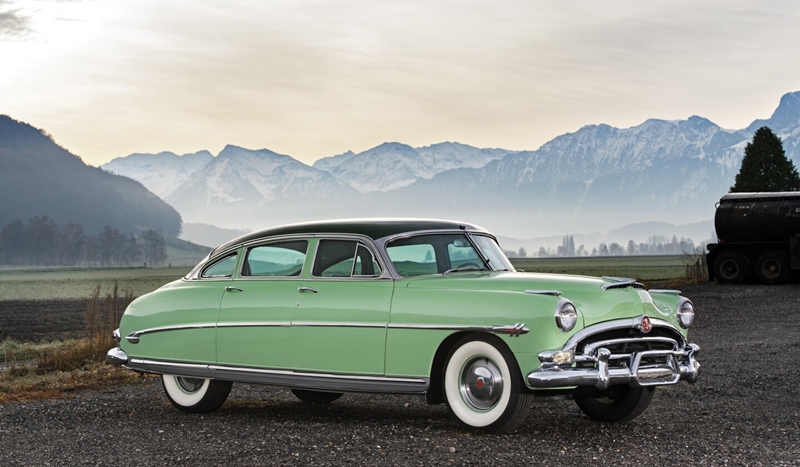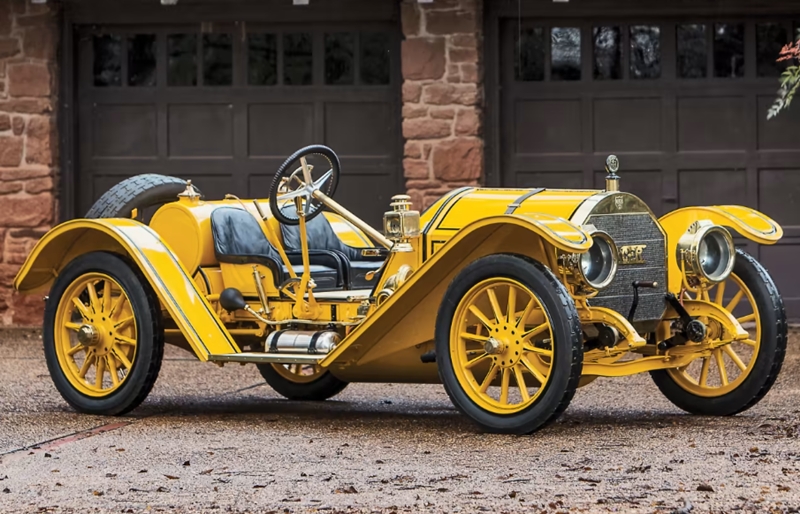The 1910s cars weren’t just vehicles – they were revolutionary machines that completely transformed how humanity moved across the planet! Can you imagine a world where owning a car was as rare as owning a private jet today? Well, that’s exactly what the automotive landscape looked like at the dawn of the 1910s.
🚗 1910s Cars Historical Price Comparison
Interactive analysis of automotive prices from 1910-1919 with inflation-adjusted comparisons
$850
Model T Original Price (1908)
$290
Model T Final Price (1924)
66%
Price Reduction Over Decade
$28,500
2024 Equivalent Price
📊 Methodology
Inflation Calculation: All prices adjusted to 2024 dollars using Consumer Price Index data. The average inflation rate from 1910-2024 is approximately 3,350% (multiplier of 33.5x).
Data Sources: Historical automotive pricing from Ford Motor Company archives, automotive industry reports, and government statistical data.
| Car Model | Year | Original Price | 2024 Adjusted Price | Market Segment | Production Volume |
|---|
📥 Download Complete Dataset
Get the full spreadsheet with all calculations, formulas, and additional data points
Also read: Old Car Brands List + 33 Amazing Manufacturers That Defined Auto History
This incredible decade witnessed the most dramatic shift in transportation history, and the cars of 1910 that emerged from this era didn’t just change the roads – they changed everything!
Table of Contents
The Dawn of the Automotive Revolution: When 1910s Cars Took Over
What makes the cars of 1910 so absolutely fascinating? Picture this: at the beginning of 1910, there were only about 458,000 automobiles in the entire United States. By 1920, that number had exploded to over 8 million! That’s not just growth – that’s a complete transformation of society itself.
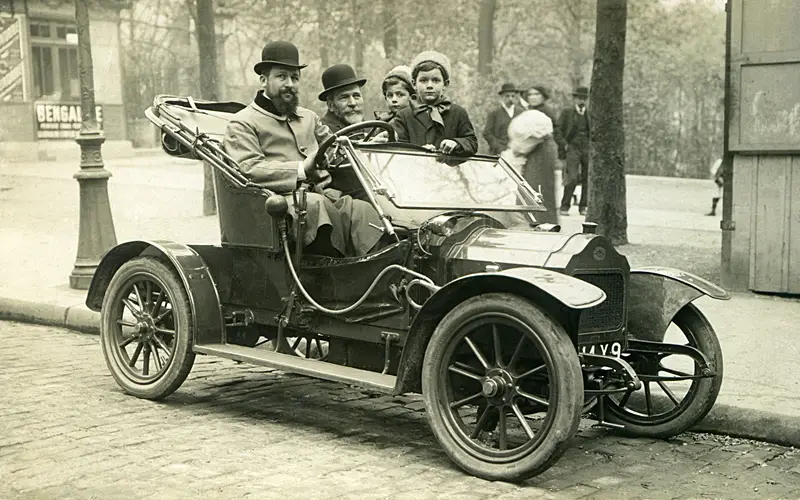
The 1910s cars represented the perfect storm of technological innovation, industrial advancement, and social change. These weren’t just luxury toys for the wealthy anymore; they were becoming the backbone of American mobility. But why did this decade become so pivotal for automotive history?
During this transformative period, 1910s cars evolved from experimental contraptions into reliable, mass-produced vehicles that ordinary families could actually afford. The decade saw the rise of assembly line production, standardized manufacturing processes, and innovative engineering solutions that made cars both cheaper and more dependable.
Henry Ford’s Model T: The 1910s Car That Democratized Transportation
Holy moly, let’s talk about the absolute game-changer of 1910s cars – the Ford Model T! This wasn’t just a car; it was a revolution on wheels. The savings from mass production allowed the price to decline from $780 in 1910 to $290 in 1924, making it incredibly accessible to average American families.
The Model T dominated the cars of 1910 market like no vehicle before or since. By the early 1920s more than half of the registered automobiles in the world were Fords, which is absolutely mind-blowing when you think about it! This single model among all 1910s cars literally changed the world.
But here’s what’s really incredible about this champion of the cars of 1910: It was built at Ford’s Piquette Avenue plant and assembled by hand, resulting in small production numbers – only 11 cars were made during the first month. Can you believe that? From 11 cars per month to dominating global automotive production – now that’s what I call explosive growth!
The Model T’s success among 1910s automobiles came from its brilliant simplicity and durability. Ford designed it to handle America’s rough, unpaved roads, and it could run on gasoline, kerosene, or even ethanol. This versatility made it the perfect vehicle for rural America, where many 1910s autos simply couldn’t survive the harsh conditions.
The Assembly Line Revolution: How 1910s Cars Transformed Manufacturing
The new process made it so that the Model T was now built in only ninety minutes – compared to the 12+ hours it took to build other 1910s cars using traditional methods! This wasn’t just an improvement; it was a complete reinvention of how things were made.
The assembly line didn’t just change how 1910s cars were built – it revolutionized all of manufacturing. A new plant built in Highland Park, opened on January 1, 1910, became the testing ground for these revolutionary production methods that would define modern manufacturing.
This innovation meant that 1910s autos could be produced faster, cheaper, and more consistently than ever before. The quality control improvements were staggering – every Model T that rolled off the assembly line was virtually identical to every other one. This standardization was revolutionary for 1910s cars and manufacturing in general.
Workers building these 1910s automobiles were paid unprecedented wages. He paid his workers an unprecedented $5 a day when most laborers were bringing home two, which created a new middle class that could actually afford the cars they were building! Talk about a win-win situation.
The 12 Most Revolutionary Cars of 1910s That Changed Everything
While Ford’s Model T dominated headlines, the 1910s cars landscape was incredibly diverse and innovative! Let me take you through the dozen most revolutionary vehicles that truly transformed transportation forever.
1. Ford Model T (1908-1927) – The People’s Car
The undisputed king of 1910s cars! The Model T became a mass-market phenomenon thanks to Ford’s revolutionary assembly line, reducing production time from 12 hours to just 90 minutes. By 1914, the price dropped to $490 from $850 in 1908, and by 1918, half of all cars on American roads were Model Ts. Talk about market domination!
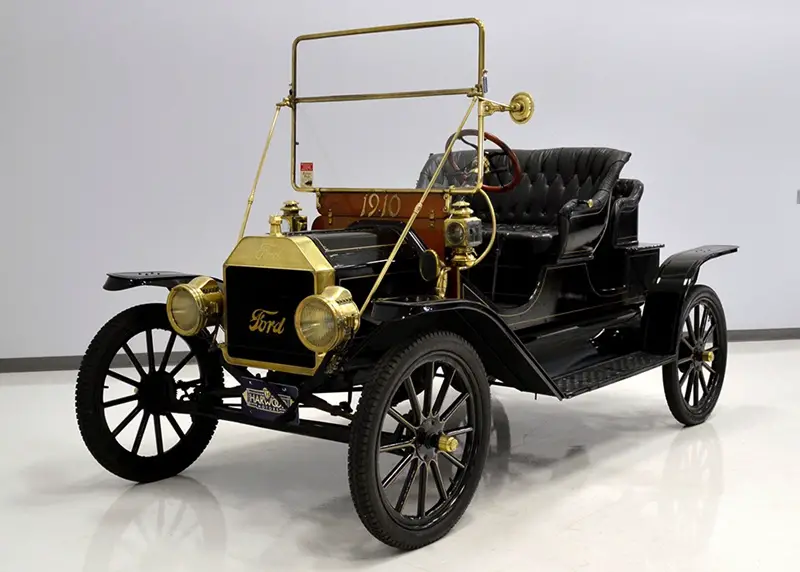
2. Rolls-Royce Silver Ghost (1906-1926) – The Ultimate Luxury
This wasn’t just a car among 1910s cars – it was automotive poetry! The Silver Ghost became renowned for its exceptional reliability and luxury, earning the nickname “the best car in the world.” Originally called the “40/50 h.p.,” it set standards that luxury 1910s cars still aspire to today.
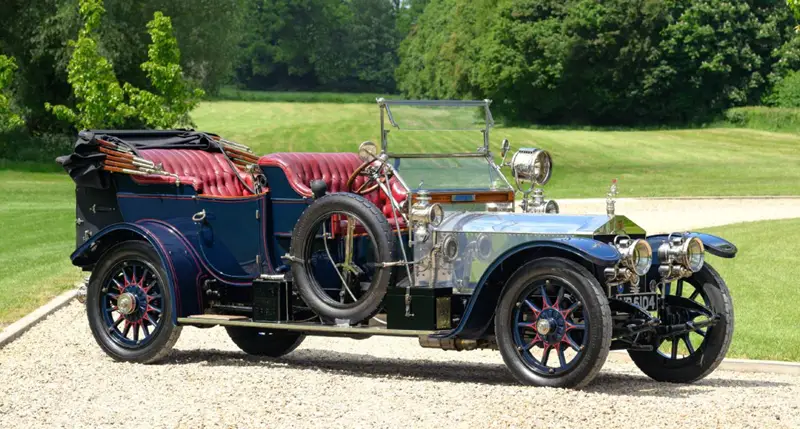
3. Cadillac Model Thirty (1909-1914) – The Safety Pioneer
Revolutionary doesn’t even begin to describe this game-changer! In 1912, Cadillac introduced the first mass-produced car with an electric starter, eliminating the dangerous hand-crank. This innovation made 1910s automobiles accessible to women and safer for everyone – absolutely brilliant!
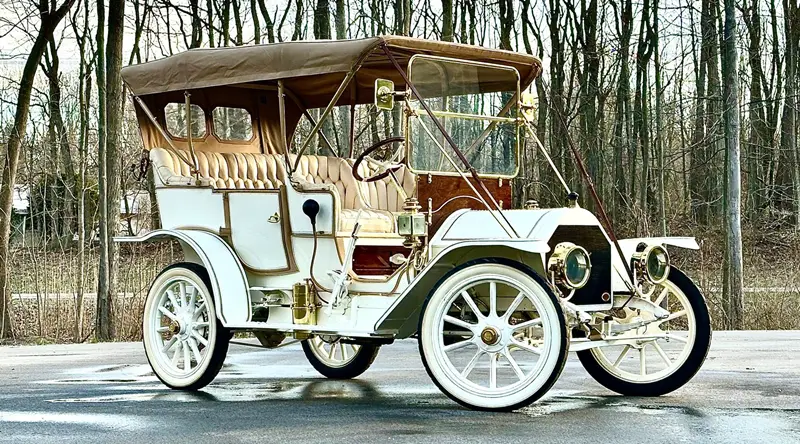
4. Chevrolet Classic Six (1911-1916) – Ford’s Stylish Competitor
Founded in 1911, Chevrolet immediately challenged Ford by offering more stylish and powerful 1910s cars. The Classic Six featured a massive 299-cubic-inch six-cylinder engine and proved that affordable didn’t have to mean boring!
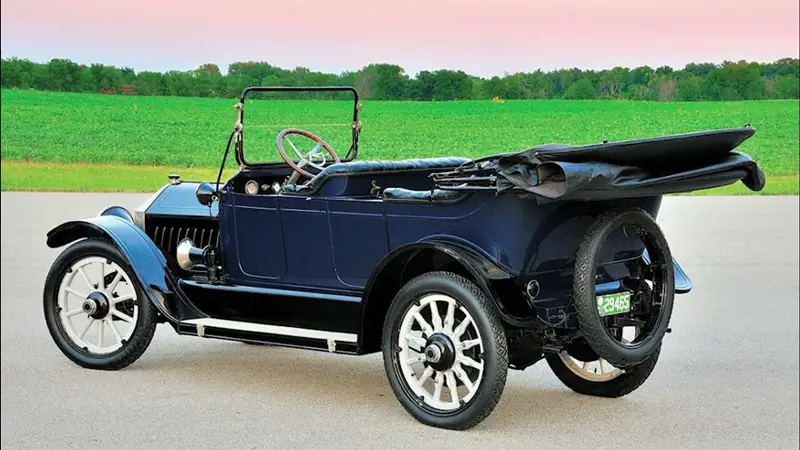
5. Dodge Brothers Model 30 (1914-1919) – The Durability Champion
These brothers were absolute geniuses! The Dodge Brothers introduced the first car with an all-steel body in 1914, revolutionizing how 1910s cars were built. No more wood frames – just pure steel durability that made manufacturing easier and cars more reliable.
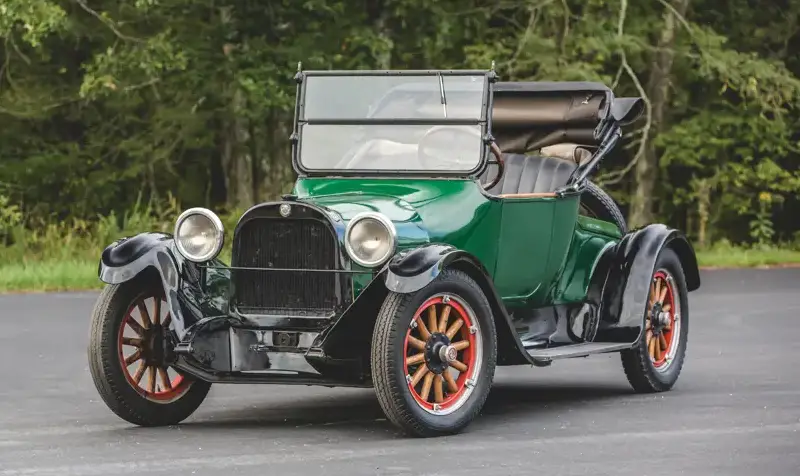
6. Peugeot Type 153 (1913-1916) – The Racing Legend
European 1910s autos weren’t just about luxury – they were about performance! Peugeot’s success at the Indianapolis 500 in 1913 and 1916 showcased their innovative dual overhead camshaft engines, influencing racing car design for decades to come.
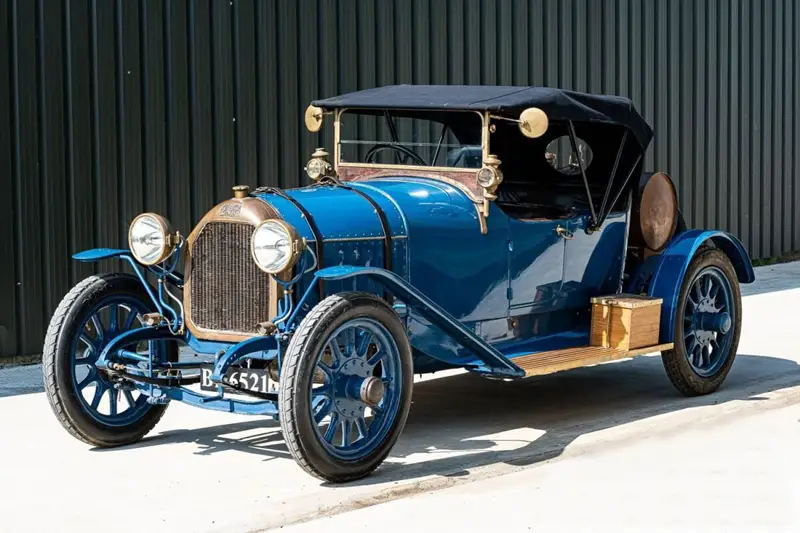
7. Buick Model 10 (1908-1913) – The Middle-Class Hero
This beauty helped establish General Motors’ dominance in the 1910s cars market! With its reliable 159-cubic-inch two-cylinder engine, the Model 10 made quality automobiles accessible to middle-class families across America.
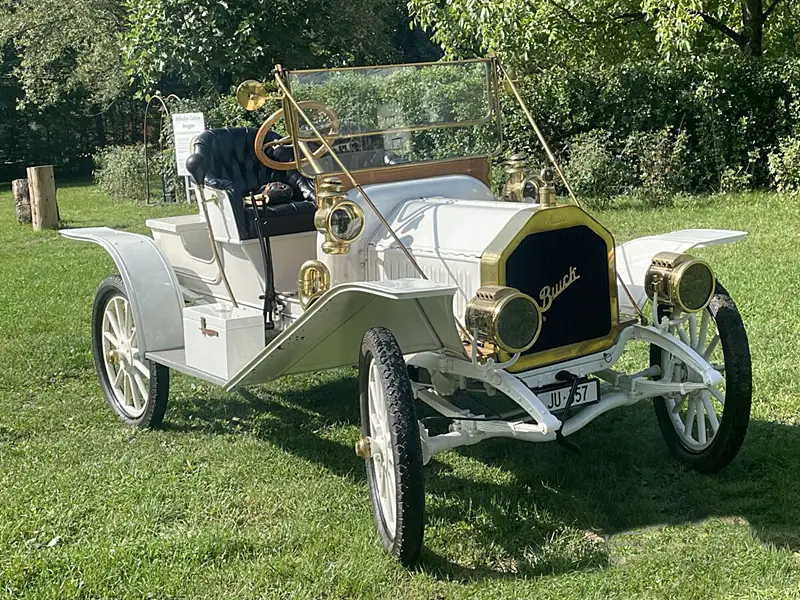
8. Overland Model 79 (1912-1914) – The Comfort King
The Model 79 made Willys-Overland the second-largest US automaker by 1915! These 1910 automobiles offered more comfort and style than the utilitarian Model T, proving that Americans wanted both affordability and elegance.
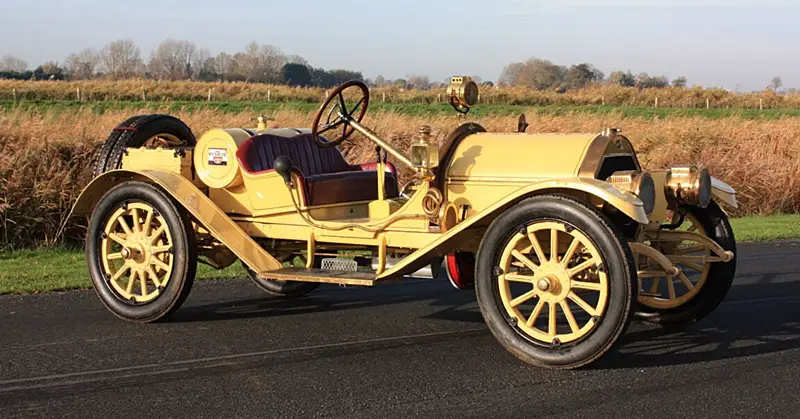
9. Fiat Tipo Zero (1912-1915) – The European Invader
Fiat was already establishing US factories by 1910, making them pioneers among international 1910s cars manufacturers! The Tipo Zero brought advanced European engineering to American roads with sophisticated design and competitive pricing.
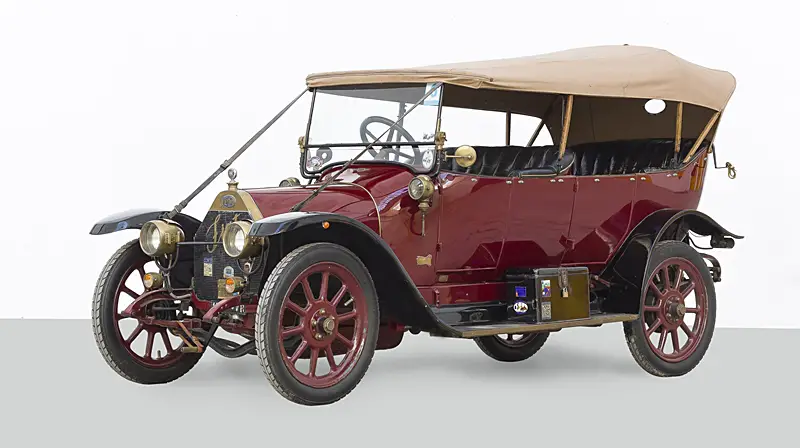
10. Detroit Electric Model 46 (1907-1939) – The Silent Revolution
Electric 1910s cars were incredibly popular, especially the Detroit Electric! This amazing vehicle could travel 80 miles on a single charge and reach 25 mph – all while being whisper-quiet and emission-free. Women particularly loved these clean, easy-to-operate vehicles.
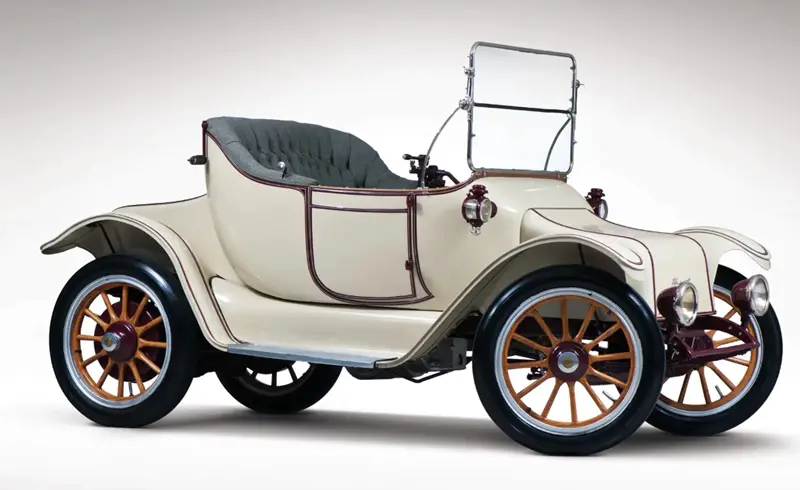
11. Renault Type CB (1910-1914) – The War Hero
Renault’s Type CB wasn’t just a civilian success among 1910s automobiles – it became crucial during World War I! With its innovative dashboard-mounted radiator, this French masterpiece proved that European 1910s cars could compete with American mass production.
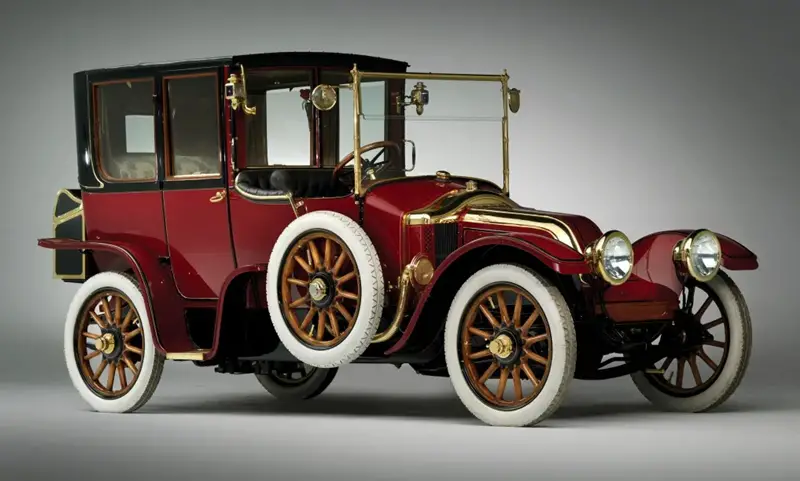
12. Packard Model 30 (1909-1914) – The Luxury Standard
America’s premier luxury brand created some of the most sophisticated 1910s cars ever built! The Model 30’s powerful six-cylinder engine and innovative use of aluminum construction set the standard for premium automobiles.
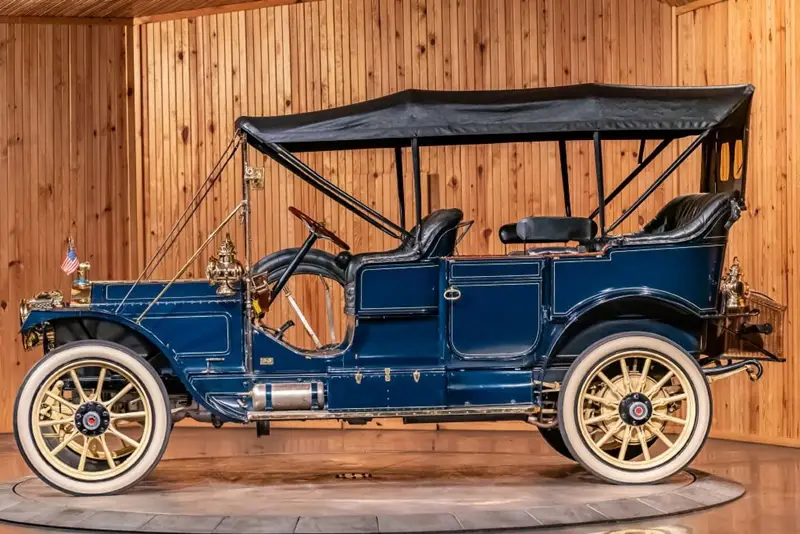
The Social Impact: How 1910s Automobiles Changed American Life
The explosion of 1910s cars ownership didn’t just change transportation – it transformed American society in ways that are still felt today. Rural isolation became a thing of the past as 1910s cars connected farmers and small-town residents to larger markets and social opportunities.
Dating and courtship were revolutionized by 1910s cars! Young people could now escape the watchful eyes of parents and chaperones, leading to significant changes in romantic relationships and social behavior. The automobile gave young Americans unprecedented freedom and privacy.
The “good roads” movement in the 1910s and 1920s stimulated the rebuilding and surfacing of old roads, as the popularity of 1910s autos created demand for better infrastructure. This led to massive public works projects that employed thousands and connected communities across the nation.
Engineering Marvels: The Technical Innovations of 1910s Cars
The engineering advances in 1910s cars were absolutely remarkable! These vehicles incorporated cutting-edge technology that pushed the boundaries of what was possible. Electric starters replaced dangerous hand cranks, making 1910s cars much safer and easier to operate.
Improved metallurgy allowed the cars of 1910 to become more durable and reliable. Better steel alloys meant stronger frames, while advances in rubber technology led to more dependable tires. These might seem like small improvements, but they were revolutionary for the reliability of 1910s cars.
The development of standardized parts was another crucial innovation in 1910s cars. This meant that repairs could be made more easily and cheaply, as parts from one vehicle could often fit another. This interchangeability was essential for the widespread adoption of the cars of 1910s across America.
The Economic Boom: How 1910s Cars Fueled Prosperity
The 1910s cars industry created an economic boom that rippled through the entire American economy. The number of active automobile manufacturers dropped from 253 in 1908 to only 44 in 1929, but this consolidation led to more efficient production and lower prices for consumers.
The demand for 1910s cars created entirely new industries. Steel production soared to meet the needs of automobile manufacturers, while rubber plantations expanded to supply tires. The petroleum industry grew rapidly to provide fuel for the millions of 1910s cars hitting the roads.
Employment opportunities multiplied as 1910s automobiles manufacturing required skilled workers, engineers, and support staff. Entire cities like Detroit transformed into automotive powerhouses, creating wealth and opportunity for hundreds of thousands of workers and their families.
Women and 1910s Cars: Breaking Barriers on Four Wheels
1910s cars played a crucial role in women’s liberation! These vehicles gave women unprecedented mobility and independence, allowing them to travel without male escorts or complicated public transportation arrangements. Women driving 1910s cars became symbols of the changing times.
The reliability of 1910s autos made them practical for women’s daily needs. Unlike the finicky early automobiles, these vehicles could be operated by anyone with basic training. This accessibility meant that women could use 1910s cars for shopping, social visits, and even business purposes.
Some 1910s cars were specifically marketed to women, featuring electric starters and other conveniences that made them easier to operate. These “ladies’ cars” helped break down gender barriers and established women as legitimate consumers in the automotive market.
The Global Impact: How American Cars of 1910s Conquered the World
The success of American 1910s cars wasn’t limited to the United States. The automobile was also assembled at a Ford plant in Manchester, England, and at plants in continental Europe, showing how these vehicles were becoming global phenomena.
European manufacturers were forced to adapt to compete with American 1910s cars. The mass production techniques pioneered in America spread across the Atlantic, transforming European automotive manufacturing. This global competition led to rapid improvements in quality and affordability.
The export of 1910s automobiles became a significant source of American economic strength. These vehicles demonstrated American industrial superiority and helped establish the United States as a dominant force in global manufacturing.
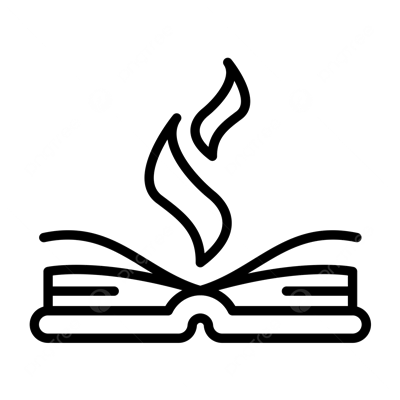
Myths and Facts About The Cars of 1910
Myth: All 1910s cars were unreliable and constantly breaking down
Fact: While early automobiles had reliability issues, many 1910s cars were remarkably dependable. The Model T, in particular, was famous for its durability and ability to handle rough conditions. Proper maintenance could keep these vehicles running for decades.
Myth: 1910s automobiles were only for the wealthy
Fact: While cars were expensive at the beginning of the decade, mass production made them accessible to middle-class families by the mid-1910s. The Model T’s price reduction made car ownership possible for many working families.
Myth: Women couldn’t drive 1910s autos
Fact: Women were enthusiastic drivers of 1910s cars and often preferred electric vehicles for their ease of operation. Many women became skilled mechanics and even raced these early automobiles.
Myth: 1910s cars were all black
Fact: While Ford famously offered the Model T in “any color so long as it’s black,” many other cars of 1910 came in various colors. The limitation to black was specific to Ford’s assembly line efficiency, not the entire industry.
Myth: Electric cars were invented recently
Fact: Electric vehicles were popular 1910s cars! They were quiet, clean, and easy to operate. Electric cars actually outsold gasoline vehicles in some markets during the early part of the decade.

FAQ: 1910s Cars
-
How fast could the cars of 1910 go?
Most 1910s automobiles had top speeds between 25-45 mph, with the Model T capable of reaching about 42 mph. Racing cars and luxury vehicles could exceed 60 mph.
-
How much did 1910s cars cost?
Prices varied dramatically. The Model T started at $780 in 1910 but dropped to under $300 by the end of the decade. Luxury cars could cost $3,000-$5,000 or more.
-
Were 1910s automobiles safe?
Safety features were minimal compared to modern standards. There were no seat belts, airbags, or safety glass. However, the slower speeds and less traffic made serious accidents less common.
-
What fuel did 1910s cars use?
Most used gasoline, but many could run on kerosene or ethanol. Electric cars were also popular, especially in cities.
-
How were 1910s cars started?
Early models required hand cranking, which was dangerous. Electric starters became available mid-decade and were standard on many models by 1920.
-
Could you drive 1910s cars in winter?
Yes, but it was challenging. Most had no heaters, and the open designs meant drivers needed heavy clothing and blankets to stay warm.
The Legacy Lives On: 1910s Cars in Modern Times
Today, 1910s cars are treasured collector’s items and museum pieces. In 19 years, the company made 15,007,033 of the cars, but surviving examples are increasingly rare and valuable.
Restoration of 1910s automobiles has become a passionate hobby for many automotive enthusiasts. These projects preserve the mechanical heritage and craftsmanship of the era while allowing modern drivers to experience the joy of early motoring.
The influence of 1910s autos extends far beyond collecting. Modern automotive design still incorporates lessons learned during this pivotal decade. The principles of mass production, standardization, and continuous improvement that emerged in the 1910s continue to drive automotive innovation today.
Interactive Elements and Data
1910s Car Production Statistics
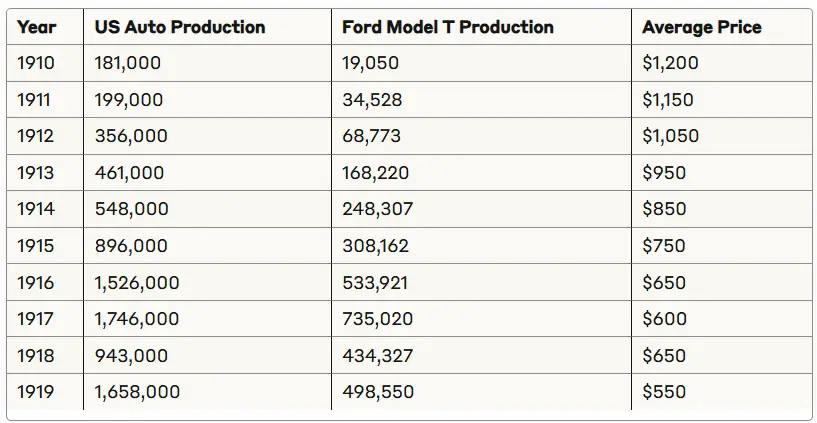
Top 1910s Car Manufacturers Market Share
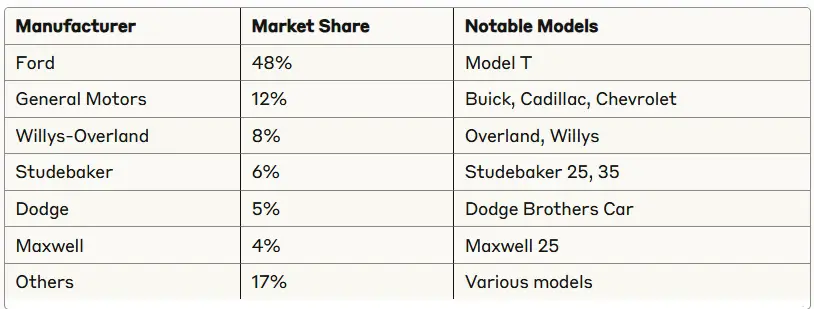

Final Thoughts: My Personal Fascination with 1910s Cars
As I’ve researched and written about these incredible machines, I’ve developed a deep appreciation for the ingenuity and vision of the 1910s cars era. These weren’t just vehicles – they were dreams made manifest, representing humanity’s desire to break free from the limitations of distance and time.
What strikes me most about 1910s automobiles is how they embodied the American spirit of innovation and democratization. Henry Ford didn’t just build cars; he built a vision of mobility for everyone. The idea that a factory worker could afford the same basic transportation as a wealthy businessman was revolutionary – and it happened because of the cars of 1910.
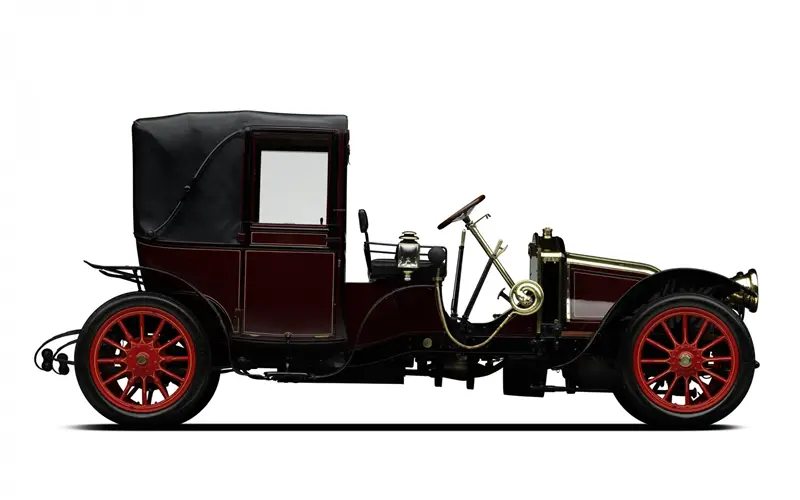
I’m amazed by the courage of early drivers who ventured out on unpaved roads with minimal mechanical knowledge, armed only with basic tools and an adventurous spirit. These pioneers of 1910s cars mobility paved the way – sometimes literally – for our modern transportation infrastructure.
The social changes brought about by 1910s autos continue to resonate today. The freedom of movement, the independence of youth, the connection of rural and urban communities – all these transformations began with those remarkable vehicles from over a century ago.
Need a mechanic? Find one on the Mobile Mechanic Directory
Every time I see a restored Model T at a car show or read about the latest automotive innovations, I’m reminded that we’re still living in the world that 1910s cars created. The principles of mass production, continuous improvement, and accessible technology that emerged from that incredible decade continue to shape our world today.
The 1910s automobiles weren’t just the beginning of the automotive age – they were the beginning of the modern world as we know it. And for that transformation, we owe a debt of gratitude to the visionaries, engineers, and workers who made it all possible during that remarkable decade of innovation and change.

